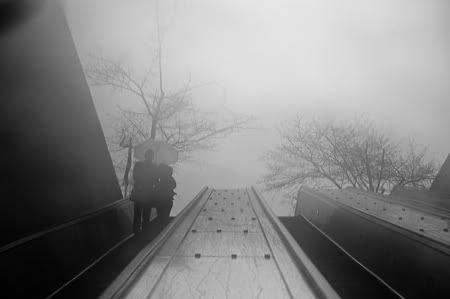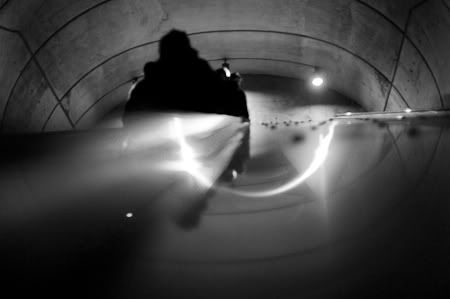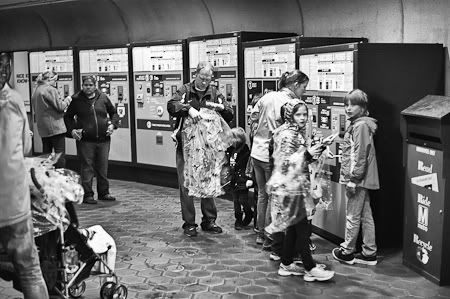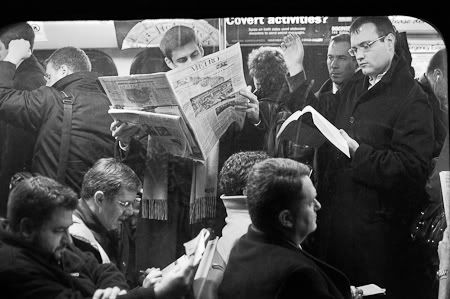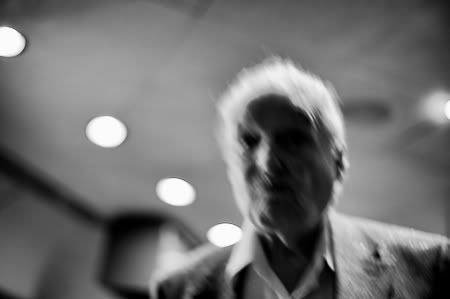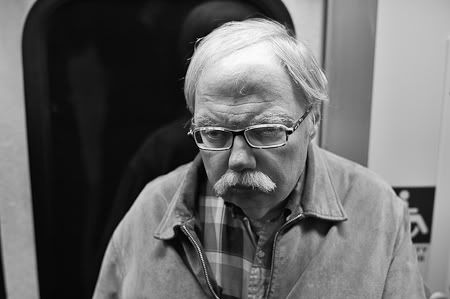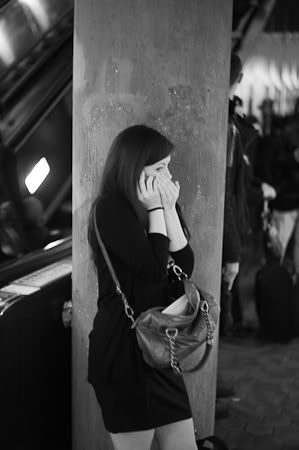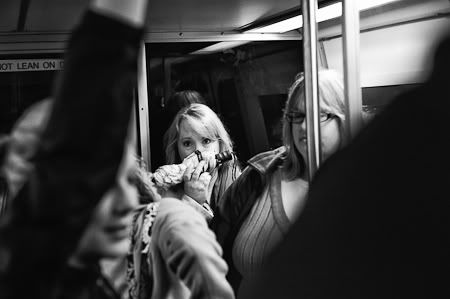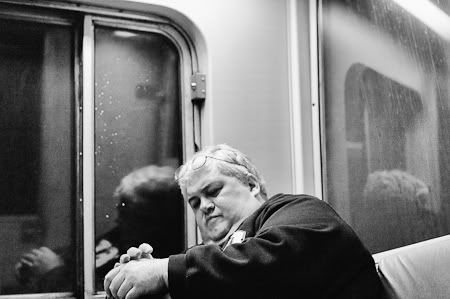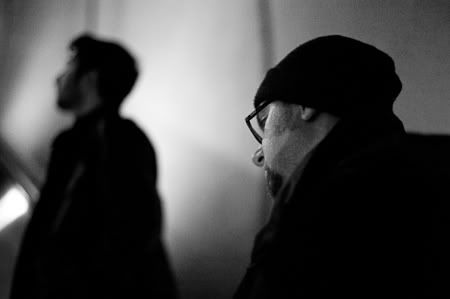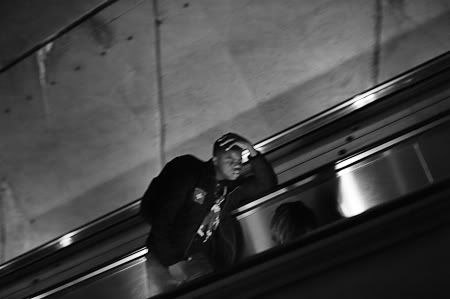After the closure of Po Na Na last August, Oxford\’s students, residents, and cheese-loving-clubbers alike will be thrilled to hear that the club is re-opening this week under the new guise of Lola Lo, a Tiki-themed \’tropical oasis where the party goes on and on.\’
With their headline night being run by Come Play UK and promising to bring\’the biggest tunes, the prettiest people and the best drinks in town\’, they hope to spice up otherwise quiet Monday nights in Oxford with cheeky tiki flower garlands, shark themed cocktail buckets, and some unique-looking Moai mugs.
Other nights will include an international party on Tuesdays, a VIP scene on Wednesdays, an alternative fix on Thursdays, and classic clubbing, albeit in a \’bounty paradise\’, on Fridays and Saturdays.
Thursday was the launch night for Lola Lo\’s alternative student night, Fat Poppadaddys. Rowena Wilding, a postgraduate student who went, commented, \’Lola Lo is a massive improvement on Po Na Na; it\’s decor and atmosphere were in no way as dingy as one would expect from an underground club.\’
She concluded that overall Fat Poppadaddys was \’a good night out – their drinks offers definitely made it a worthwhile evening and I\’d happily go again. Probably will next week, in fact!\’
She did, however, highlight, \’the terrible Hawaiian shirts the staff were wearing\’ saying, \’they may as well have been wearing grass skirts and coconut bras – go for broke.\’
However, not all students are overly keen on the idea of another tropical island-themed club. One finalist who wished to remain anonymous commented, \’In general I am opposed to the proliferation of Hawaiian themed establishments. I\’m all for multiculturalism but this will draw business away from the fine British establishments of Park End and Bridge, I\’m not sure if I could bear to see the glory of these institutions eroded. I ask you, Isn\’t the Hawaiian-style pizza at Pizza Hut enough?\’
On the other hand, with Varsity Events\’ support recently withdrawn from Kukui, Lola Lo may well take over its hibiscus-shaped spot on the Oxford clubbing scene. Beth McCrave, a Philosophy & Theology fresher, told Cherwell, \’Kukui doesn\’t embrace the theme as much as it could, it would be cool to see a club that just went all out.\’ She also pointed out that sharing shark cocktails was \’perfect for sharking\’.
When contacted by Cherwell, Varsity Events declined to comment on whether they would be promoting a night at Lola Lo in the future.
Po Na Na was famous for its freshers\’ week foam party, of which this year\’s student intake was sadly deprived. Jamie Jordan, a third year medical student at St Anne\’s who went to one such party, recalled seeing \’a number of excitable semi-nude men whilst drowning in chemical-scented bubbles…A good night had by all.\’
It remains to be seen whether a similar experience will be provided by Lola Lo for future generations of freshers.



